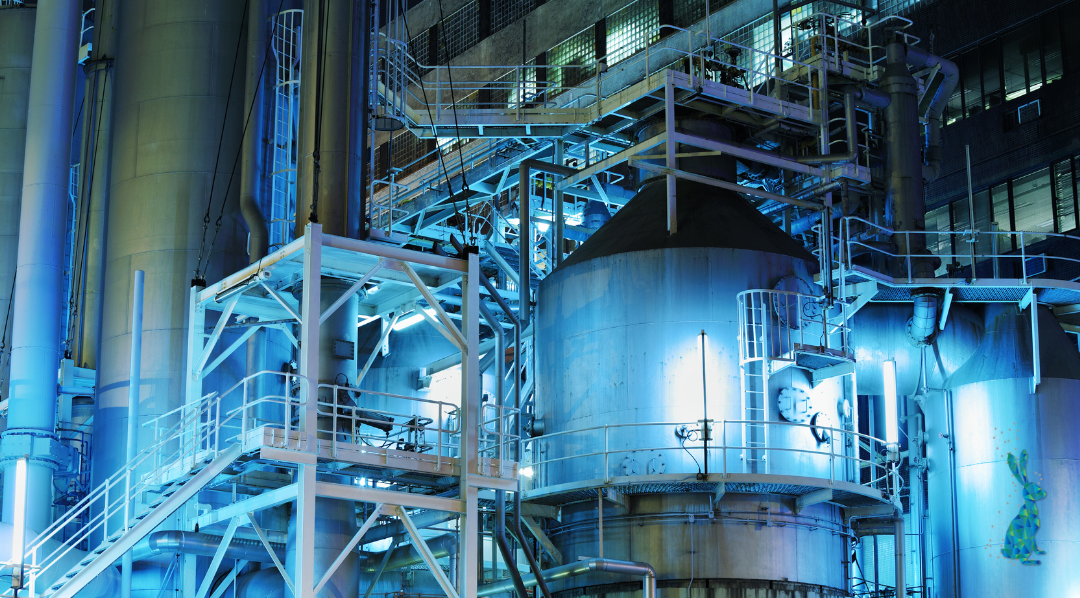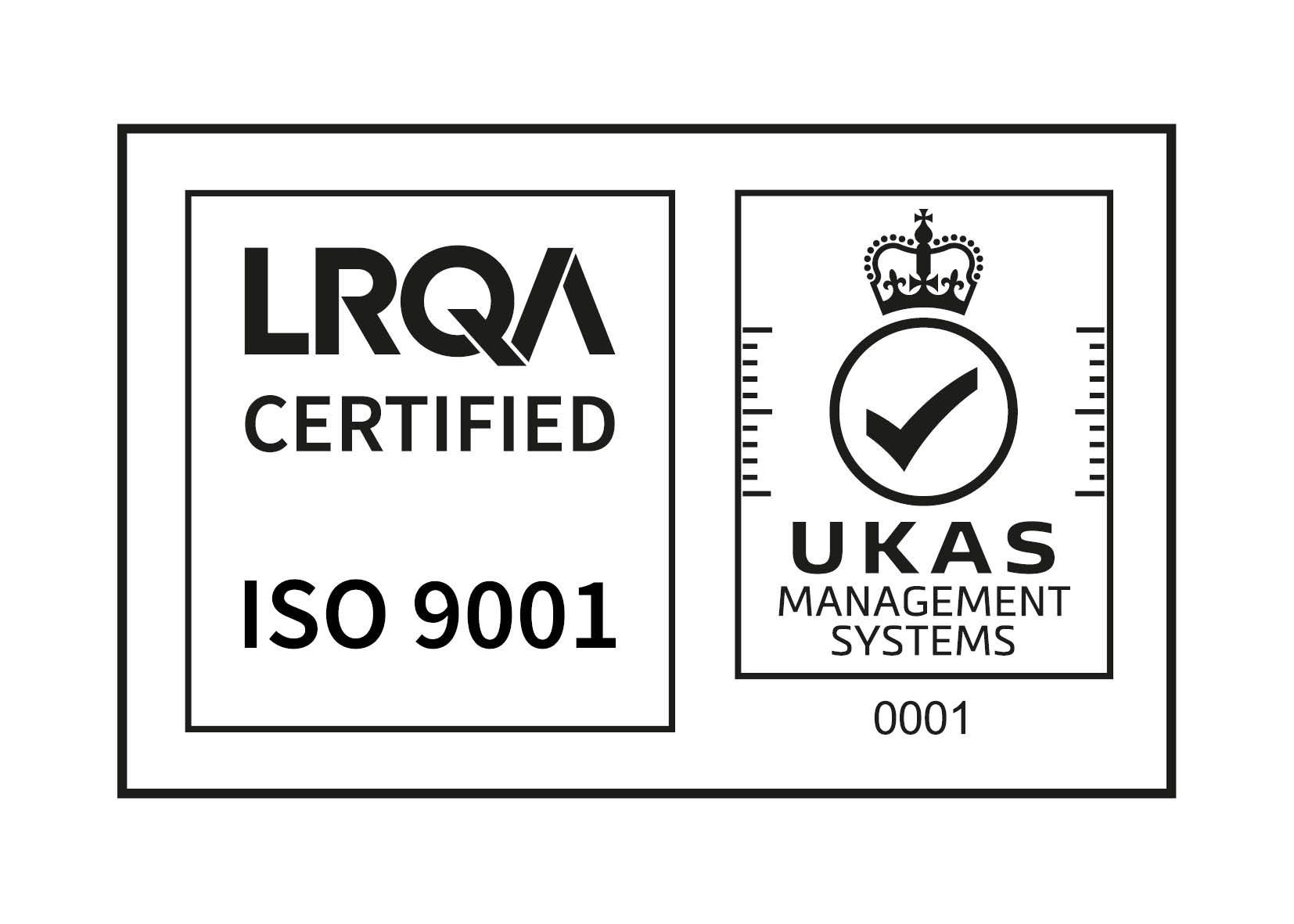WHY HAS MY LASER SCANNING EXPERT INCLUDED THESE 3 THINGS IN THEIR RISK ASSESSMENT?

WHY HAS MY LASER SCANNING EXPERT INCLUDED THESE 3 THINGS IN THEIR RISK ASSESSMENT?
Date: 20th June 2023
Is it me, or do risk assessments seem to make even the safest job look as dangerous as scaling Everest?
Laying out every potential risk, from paper cuts to fires and explosions, can feel overwhelming when they’re all laid out in 1 big document. Even just the mention of some of these risks can make them feel far more likely to happen than they are.
So, if the credibility of a risk actually happening is so low, why include certain risks in your risk assessment and method statement? And why are some that you’d expect to see on there not included?
Batteries on PetroChemical Sites
Whichever laser scanner you’re using, it will always provide a risk because the equipment is battery operated. Most laser scanning equipment will use a Lithium Ion (Li-Ion) battery which is not uncommon in households. The risk with using these on sites, like PetroChemical sites, is that they are susceptible to ‘thermal runaway’, which can cause them to overheat, leading to fires and sometimes explosions if you’re within certain environments. This mostly happens if a battery becomes overcharged, is damaged or is exposed to high temperatures which is why there’s so many regulations about transporting them or carrying them in large quantities. Although it is unlikely that this will occur on site, it’s an important risk to take into consideration, especially when working on a high risk site.
Static in ATEX rated zones
An ATEX rated site is one where potentially explosive atmospheres can occur due to the presence of flammable gases, vapours, mists, or combustible dust. They are most commonly found in petrochemical plants, oil refineries, chemical manufacturing facilities, pharmaceutical manufacturing and grain handling facilities and are important to consider when undertaking a 3D laser scanning project. This is because all the different moving parts in the 3D laser scanner can cause friction which can then cause static and a source of ignition in ATEX rated zones. Because of this, a gas sniffing device must be present when using the scanner to mitigate the risk. To put this into perspective, this rule is in place for the same reason that it’s suggested you don’t use your phone in a petrol station.
Eye and skin damage
When I first started out in 3D laser scanning, damage to the human body caused by the laser scanner was a big concern that a lot of project managers were asking about. Nowadays it’s not so commonly asked, but my answer still remains the same. The laser scanners we use are classified for safety purposes based on their potential for causing injury to eyes and skin. The laser scanners we and most laser scanning experts use are Class 1 (in accordance with IEC60825-1 2014), meaning they are safe for both eyes and skin. However, if a person's eyes or skin are exposed to higher-powered lasers (class 4 or above) or focused laser beams used in certain industrial applications, it can lead to burns or other injuries so should definitely be included in a risk assessment and precautionary actions taken.
In reality, the likelihood of a lot of these things happening is relatively low and, because you're not interacting with the thing you’re going to scan itself, you’re just plonking the machine down and letting it do its thing so there’s less risk you’re going to get injured as a result of it. That being said though, it’s important to be aware of the risk so that any precautionary measures can be taken.
If you found this article useful, take a look at our article ‘What role does 3D laser scanning play in on site health and safety?’




